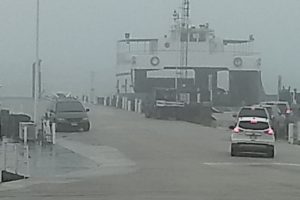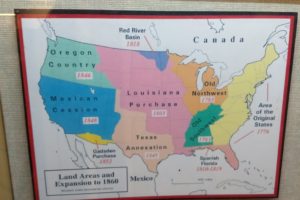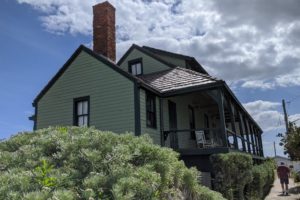After we left Mono Lake, we drove east along SR-120 so we could explore some back country roads, not knowing what we’d find but hoping we’d see some wild horses that our camp host had said was possible. We drove through a beautiful forest and “happened” upon Mono Mills, a lumber mill from the 1880s that ties in with Bodie, a mining town that we’ll see next.

Here’s the skinny on the mills. To meet the demand for lumber and cord wood, a railway and lumber company was formed in February 1881. Timber was milled here and then shipped to Bodie, a distance of 32 miles.

in a 10-hour shift (when crew was sober) and was powered by a 16-inch steam engine. When another area produced electricity for Bodie and lumber wasn’t needed, the demand dropped off, and Mono Mills was abandoned in 1917. Now let’s see more details!



4 steam engines were brought in for this operation. The engines were delivered to Hawthorne, Nevada, about 33 miles away, where they
were disassembled and then hauled by mule-driven wagons to
Mono Mills. Can’t believe how those mules could pull such heavy
loads over this rough terrain.

views of the slopes


to the left 
these logs were part of the skids


turn the engine on the table, was north (left) of the sawmill. After
engines returned from Bodie, they were turned around so they would
be ready for the next trip. Remember we saw another turntable like
this at the Laws train depot area?

the crew was installing a new turntable in 1909


80,000 board feet a day; long days for low pay

used all parts of the tree

1 circular saw measured 54 inches in diameter

to Bodie. It quickly made wooden ties for railroad construction so
the railway could link the timberland to Bodie.


1882; residents had various jobs. Both Chinese and Kutzadika Indians supported the lumber operation. At its height, over 200 people were involved in the lumber operation.

locomotive tender (held wood for the train’s boiler)


logging challenges

1. time and energy using cross-cut saws and then moving
these giant logs through the soft pumice sands
2. teams of 10 oxen or 16 mules pulled huge Jeffrey pines
on solid-wheeled trucks
3. “Michigan Wheels” also used to drag logs from
forest to rail loading area

forest


Bodie’s need for wood

They quickly cut down what wood was around the town but
so much more wood was needed.

Bodie took possession of 12,000 acres of prime timber land south of
Mono Lake in the midst of the largest pure stand of Jeffrey pines in
the world. This group formed Bodie Railway and Lumber Company
in 1881 and got to work.



to create a wonderful forest.
back country drive


beautiful view of the White Mountains

an area where wild horses roam, and we went looking for them!

we saw “leavings” of the wild horses at our next stop.
historic stone corral
As we drove out on a dirt road looking for the wild horses, we happened upon this wood and stone corral and saw a few notes about it in one of our brochures. Adobe Valley cattle helped feed Bodie and Benton miners in the 1880s. The valley was named by 1860s stockmen for the clay soil used to make bricks for the valley’s first dwellings.



into the contraption in the next picture

in place for branding and whatever else needed to be done




What a full day; we’re exhausted. Tomorrow: Bodie!




